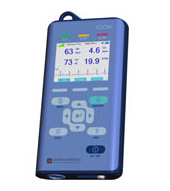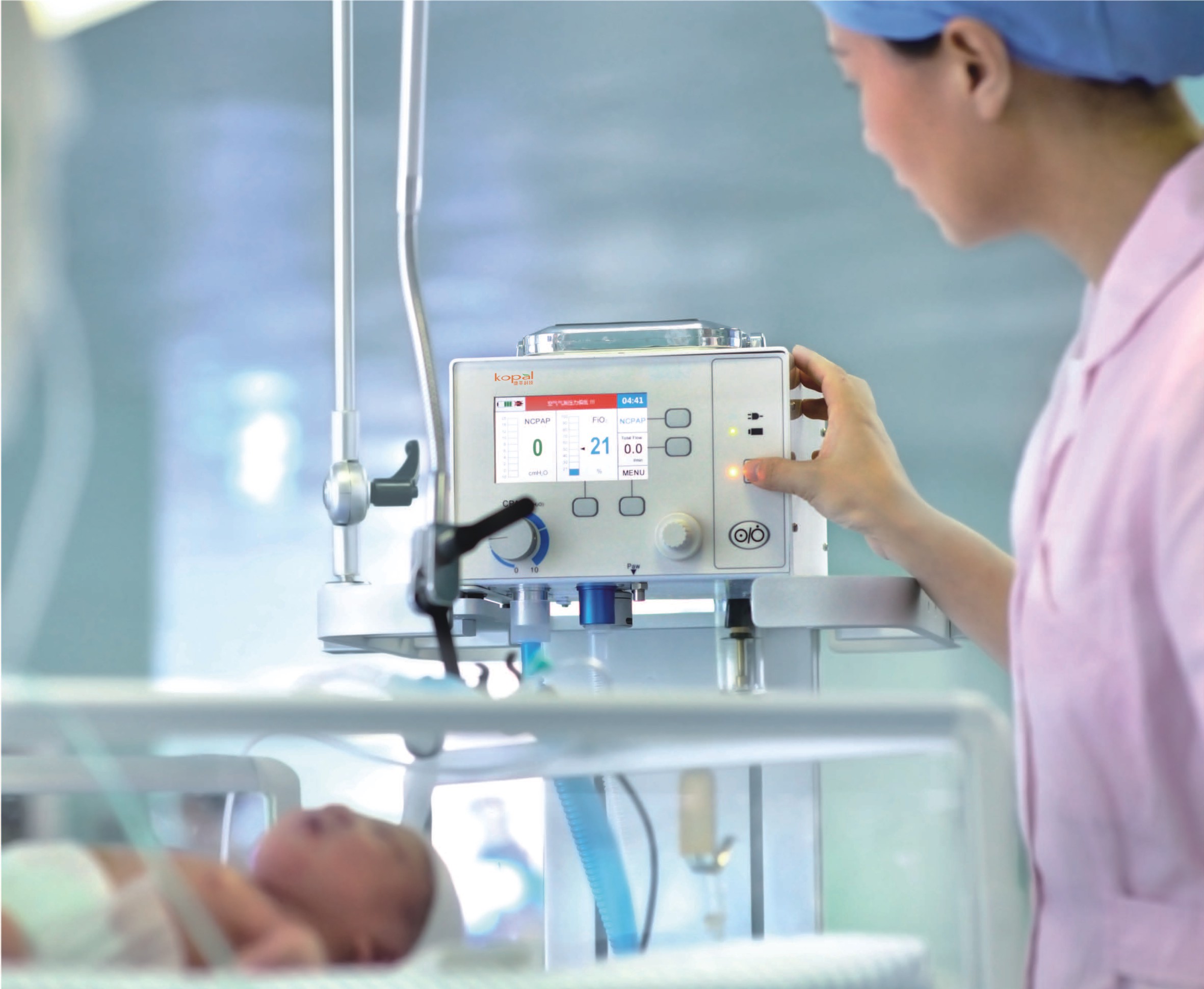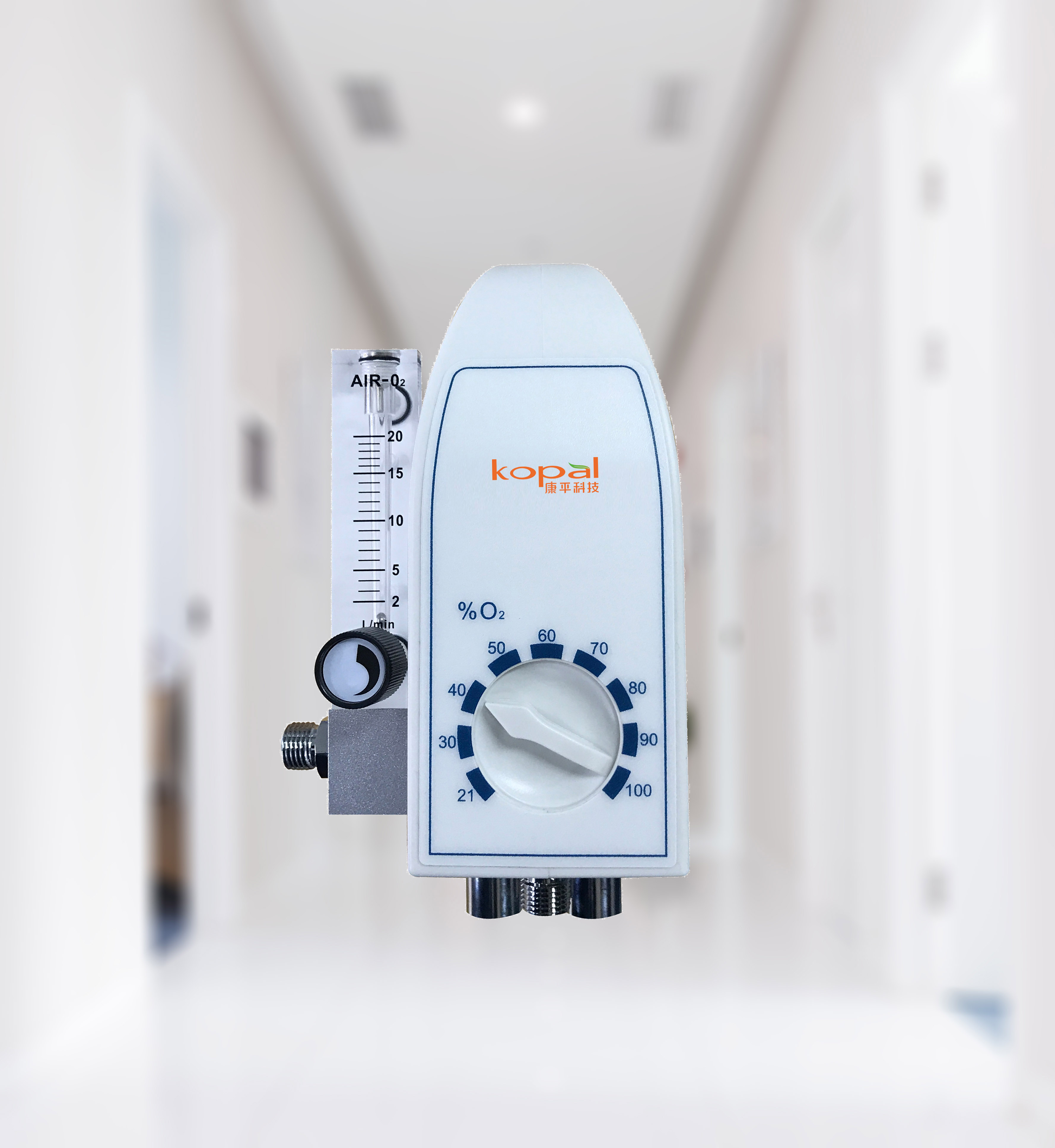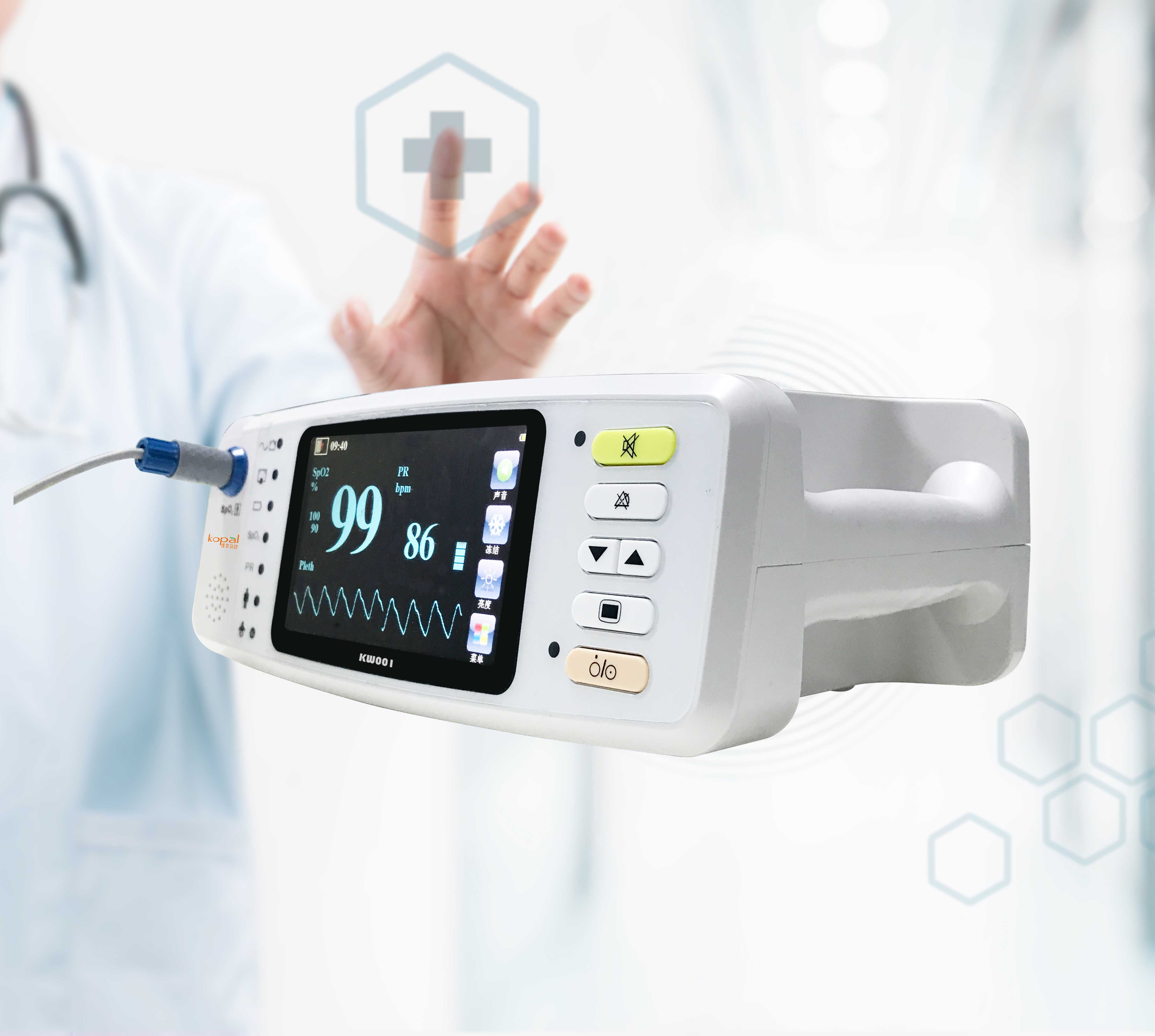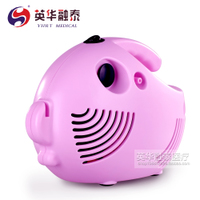产品介绍
【全国总代理】无创心输出量测量仪 – ICON
ICON™是一种便携式,可无创、连续监测新生儿,儿科和成人血流动力学状态的设备。
产品描述:
ICON™是一种便携式,可无创、连续监测新生儿,儿科和成人血流动力学状态的设备。
直观的用户界面
ICON提供了简洁的操作界面,用户非常便于理解和使用。 所有的用户、护士和医生进行简短的操作培训,便可掌握便携式ICON™的使用。
测量心输出量仅需一下4步:
1. 连接传感器
2. 点击“Menu”查看病人管理界面
3. 输入患者的身高,体重,年龄
4. 电极“Measure”开始(绿色按钮)

|

|

|
|
传感器放置在颈部和胸部左侧
|
isensor单病人EC传感器
|
小婴儿和新生儿的传感器放置部位
|
简单的数据管理
iControl
iControl是ICON™在电脑上进行数据的导出,软件更新管理的软件。
蓝牙
ICON™兼容蓝牙功能,可通过iControl软件与电脑无线连接进行数据导出。 此外,ICON™报告可以连接蓝牙打印机打印病人报告。
数据记录
数据记录功能允许ICON用户更改记录数据的频率,10秒,30秒,1分钟或5分钟。
数据集成
VueLink
利用由Phillips提供的VueLink的技术,ICON™可以与大部分IntelliVue病人监护系统同步。 用户可在中央站检测ICON™的常规测量参数。
电子病历EMR
通过VueLink的界面,ICON™参数可以直接导入电子病历中
ICON产品规格
产品特点
1. 连续监测患者血流动力学参数
2. 3.5“高清晰度彩色显示屏
3. 充电电池,可持续120分钟
4. 便携式
5. 自动监测患者起搏器

|
|
血流
|
|
SV/SI
|
每搏输出量/每搏输出指数
|
|
HR
|
心率
|
|
CO/CI
|
心输出量/心脏指数
|
|
血管系统
|
|
SVR /SVRI
|
外周血管阻力/外周血管阻力指数
(基于血压BP和中心静脉压CVP的
输入值)
|
|
心肌收缩力
|
|
ICON™
|
心肌收缩力指数
|
|
VIC™
|
心肌收缩力指数变异
|
|
STR
|
收缩时间比例(PEP/LVET)
|
|
CPI
|
心脏绩效指数
|
|
液体状态
|
|
TFC
|
胸腔液体水平
|
|
SVV
|
每搏输出变异
|
|
FTC
|
修正的射血时间
|
|
氧合状况
|
|
DO2 / DO2I
|
输氧量/输氧指数
基于血红蛋白和血氧饱和度 的输入值
|
|
ICON® 特点
|
•3.5”高清晰彩色显示屏
•充电电池,可以持续120分钟
•通过VueLink平台连接到Philips/HP监护系统
•内部数据存储,无线传输到计算机
•病人数据可以通过iControl™ PC-软件保存为表格形式
•蓝牙无线打印
|
|
|
Technical Data
|
AESCULON®
|
ICON®
|
|
Measurement Method
|
Electrical Cardiometry (EC)
Electrical Velocimetry
(Advanced Bio-impedance)
|
Electrical Cardiometry (EC)
Electrical Velocimetry
(Advanced Bio-impedance)
|
|
Measurement Current
|
<=2.0 mA RMS/50kHz
|
<=2.0 mA RMS/50kHz
|
|
EKG
|
15 ... 300 bpm
|
15 ... 250 bpm (±5%/ 5 bpm)
|
|
Non-invasive Blood Pressure (NIBP)
|
Oscillatoric
systolic: 40mm Hg ... 260 mm Hg
diastolic: 25 mm Hg ... 200 mm Hg
|
Can be entered manually
|
|
Oxygen Saturation (SpO2) optional
|
1 % ... 100 %
|
Can be entered manually
|
|
AC Input
|
100 ... 240 VAC 47 ... 63 Hz
|
100 ... 240 VAC 47 ... 63 Hz
|
|
Power Consumtion
|
max. 100 VA
|
max. 15 VA
|
|
Internal Battery
|
NiMH, cap. >20 min
|
Lithium Ion, cap. > 2 hours
|
|
Display
|
12“ color TFT
|
3,5“ color TFT
|
|
Enclosure Dimensions: height x width x depth
|
293 mm X 310 mm X 185 mm
|
205 mm x 110 mm x 38 mm
|
|
Weight
|
6 kg
|
750 g
|
|
Classification
|
According to EC-Directiv
Protection Type
Standard Compliance
|
|
Class IIa
Class 1 equipment (Typ BF)
IEC 60601-1, IEC 60601-1-2 and other
|
Class IIa
Class 11 equipment (Typ BF)
IEC 60601-1, IEC 60601-1-2 and other
|
|
Literature: Adult
|
• Rajput R, Das S, Chauhan S, Bisoi A, Vasdev S. Comparison of Cardiac
Output Measurement by Noninvasive Method with Electrical
Cardiometry and Invasive Method with Thermodilution Technique in
Patients Undergoing Coronary Artery Bypass Grafting. World Journal
of Cardiovascular Surgery. 2014.
• Malik V, Subramanian A, Chauhan S, Hote M. Correlation of Electric
Cardio-metry and Continuous Thermodilution Cardiac Output
Monitoring Systems. World Journal of Cardiovascular Surgery. 2014.
• Peev M et al. Real-time sample entropy predicts life-saving
interventions after the Boston Marathon bombing. Journal of Critical
Care. 2013.
• Mejaddam A, King D, et al. Real-time heart rate entropy predicts the
need for lifesaving interventions in trauma activation patients. J
Trauma Acute Care Surg. 2013.
• Flinck et al. Cardiac output measured by electrical velocimetry in the
CT suite correlates with coronary artery enhancement: a feasibility
study. Acta Radiol. 2010.
• Zoremba et al. Comparison of electrical velocimetry and
thermodilution techniques for the measurement of cardiac output.
Acta Anaesthesiol Scandinavia. 2007.
• Schmidt et al. Comparison of electrical velocimetry and
transoesophageal Doppler echocardiography for measuring stroke
volume and cardaic output. British Journal of Anaesthesia. 2005.
|
|
|
Literature: Pediatric & Neonate
|
• Lien R, Hsu KH, Chu J, Chang Y. Hemodynamic alterations recorded by
electrical cardiometry during ligation of ductus arteriosus in preterm
infants. European Journal of Pediatrics. 2014. 1-8.
• Coté CJ, et al. Continuous noninvasive cardiac output in children: is this
the next generation of operating room monitors? Initial experience in
402 pediatric patients. Paediatr Anaesth. 2014.
• Grollmuss O et al. Non-invasive cardiac output measurement in
low and very low birth weight infants: a method comparison. Front
Pediatr. 2014.
• Noonan P, Viswanathan S, Chambers A, Stumper O. Non-invasive
cardiac output monitoring during catheter interventions in patients
with cavopulmonary circulations. Cardiol Young. 2014.
• Grollmuss O, Demontoux S, Capderou A, Serraf A, Belli E. Electrical
velocimetry as a tool for measuring cardiac output in small infants
after heart surgery. Intensive Care Med. 2012.
• Rauch R, Wlisch E, Lansdell N, et al. Non-invasive measurement of
cardiac output in obese children and adolescents: comparison of
electrical cardiometry and transthoracic Doppler echocardiography.
J Clin Monit Comput. 2012.
• Noori S, Drabu B, Soleymani S, Seri I. Continuous Non-invasive cardiac
output measurements in the neonate by electrical velocimetry: a
comparison with echocardiography. Arch Dis Child Fetal Neonatoloy
Ed 2012.
• Norozi K et al. Electrical velocimetry for measuring cardiac output in
children with congenital heart disease. Br J Anaesth. 2007.
• Osthaus et al. Comparison of electrical velocimetry and
transpulmonary thermodilution for measuring cardiac output in
piglets. Pediatric Anesthesia. 2007.
|
|







